Wetland Forests: Key to Aquatic Biodiversity
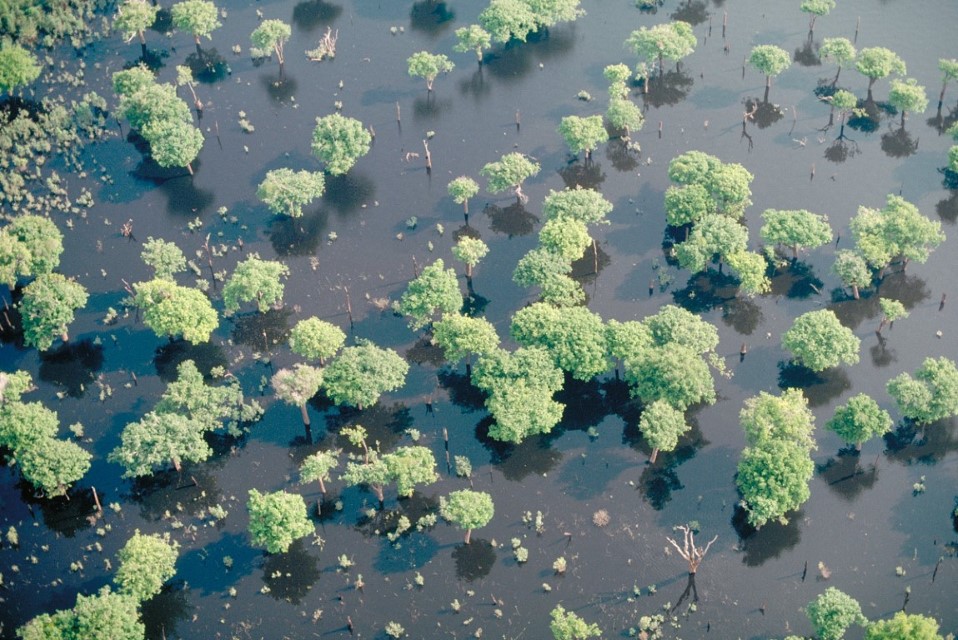
Negro River flooded forest. Department – Country: Amazonas – Brazil Main Basin – Sub Basin: Negro – Lower Negro Main Stem Elevation: 30 Photographer: Michael Goulding
The Amazon Basin has the most species-rich wetland forests in the world and they are most extensive on the large floodplains, including those of the estuary under tidal control. The wetland habitats formed on the floodplain are not uniform and species diversity can vary not only between floodplain water types but also along flooding gradients. Flooding periods on the Amazon River floodplain near Manaus in the Central Amazon vary from 140 days for tree communities living in the higher elevations to 230- 270 days for communities at the lower floodplain elevations. Flooding depths can vary from 7.0 m for low shrub forest to 2.5 m for high levee forest. Most of the floodplain forest is inundated 2.5-5.0 m during most of the flooding season. Within the low elevation whitewater flooded forests, there are high floristic similarities across large areas of the Amazon Basin. Species richness is correlated with flood depth, average annual flooding time and age of the forest. Maximum recorded per hectare species richness in whitewater floodplains is 84 species in the Eastern, 157 species in the Central and 157 species in the Western Amazon, equal to about 60-70% of the richness of nearby upland forests. Blackwater flooded forests have many species not found in whitewater counterparts and clearwater rivers often have a combination of whitewater and blackwater species and are intermediate in species richness.
Amazonian wetland forests can be classified by a combination of their water type and flooding regimes:
- Seasonally flooded forests are inundated by a fairly predictable annual cycle. In most of the Amazon Basin there is one flooding period that lasts 3-7 months depending on the exact location. Near the equator there can be bimodal flooding, though one flooding period is relatively short and lasts no more than a few weeks. The largest seasonally inundated wetland forests are found in whitewater and blackwater river floodplains.
- Tidal forests are found the Amazon Estuary and inundated twice daily. As in all tidal systems, flooding is most extensive during the spring tides that occur twice monthly. The huge discharge of the Amazon River, along with that of the Tocantins River to its south, guarantees that most of the estuary is fresh water during the entire year. Estuarine wetland forests are very similar in species composition to their upstream seasonally inundated counterparts, though poorer in total species. Close to the Atlantic where brackish water dominates for at least a few months of the year are mangroves, which border most of the eastern coast of the state of Amapá north of the Amazon River mouth.
- Irregularly flooded forest occurs mostly along small streams whose flooding is controlled mostly by local rainfall. The lower courses of streams, however, can be dammed back by the main rivers, in which case their wetland forests are comparable to seasonally inundated wetland forests or dominated by palm swamps, depending on the exact local conditions.
- Long-term flooded shrub communities are found in low floodplain areas where annual inundation can be longer than 6 months. These communities are dominated by shrubs that have special adaptations that trees apparently do not for survival in these habitats. In the Brazilian Amazon, they are often called locally chavascal or xavascal. They are relatively low in species diversity.
- Palm swamps are found on floodplains, in depressions of non-floodplain areas and in savannas inundated mostly with rainwater. Depending on location many could be lumped with seasonally flooded forest, tidal forest or savanna forest. It is useful, however, to consider them together because unlike other flooded forests they are dominated by one or, less commonly, two to three palm species. Mauritia palm swamps are by far the most extensive species found in these swamps and are highly adapted to waterlogged soils under almost all conditions. These palm swamps are variously known as aguajales or morichales in Spanish-speaking countries and buritizais or miritizais in Brazil. The açaí palms, whose fruits are used in juices, smoothies, and desserts, are another example of a palm swamp species often found in large stands, such as in the estuary.
-
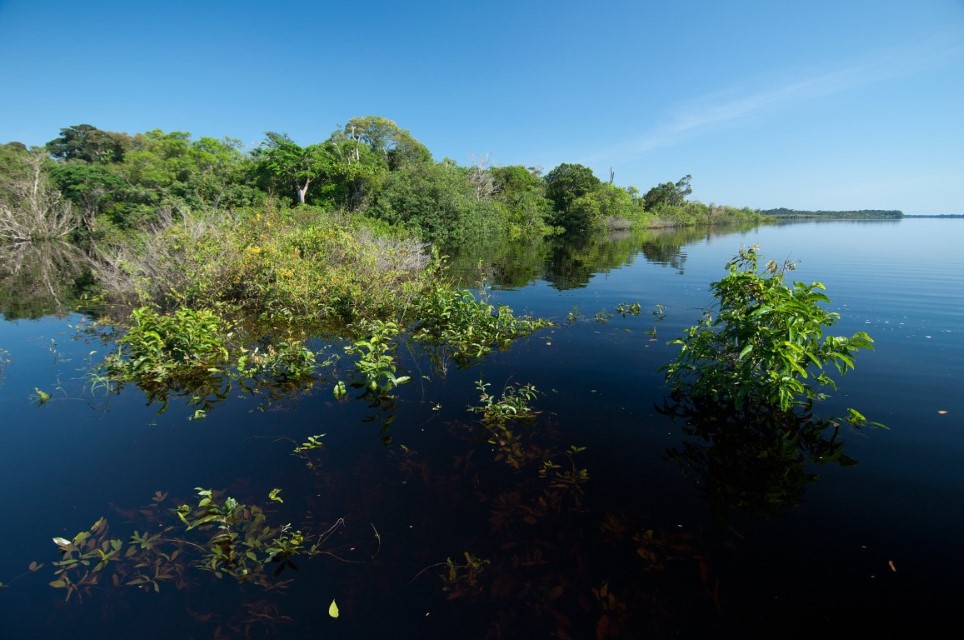
Bosques de humedales 1
Negro River channel along the Anavilhanas Archipelago during the flooding season when shrubs and trees become inundated for 4-7 months. Department – Country: Amazonas – Brazil Main Basin – Sub Basin: Negro – Lower Negro Main Stem Photographer: Luiz Claudio Marigo
-
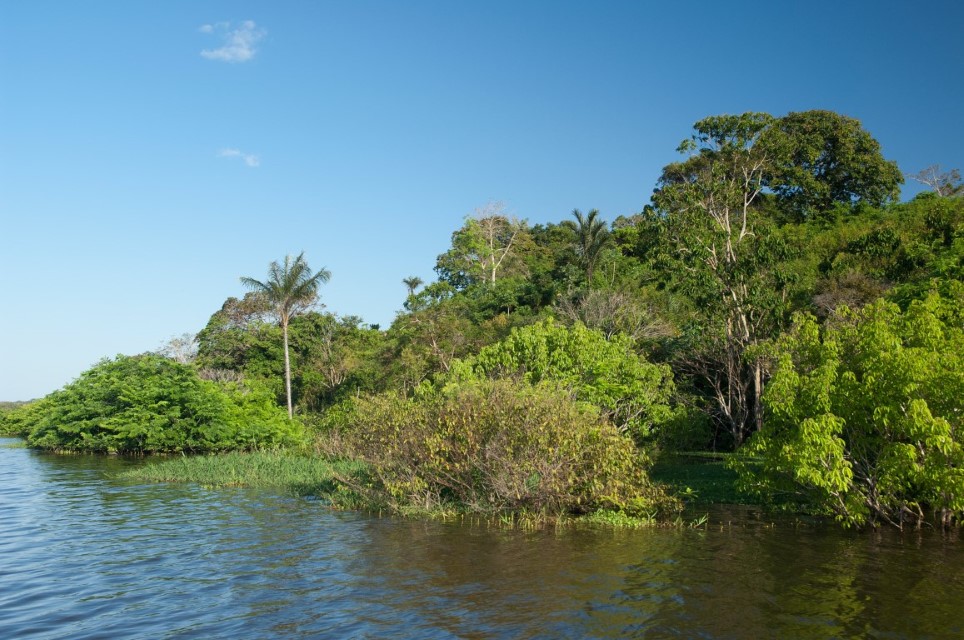
Bosques de humedales 3
Flooded forest at edge of river channel. Department – Country: Amazonas – Brazil Main Basin – Sub Basin: Negro – Lower Negro Main Stem Photographer: Luiz Claudio Marigo
-
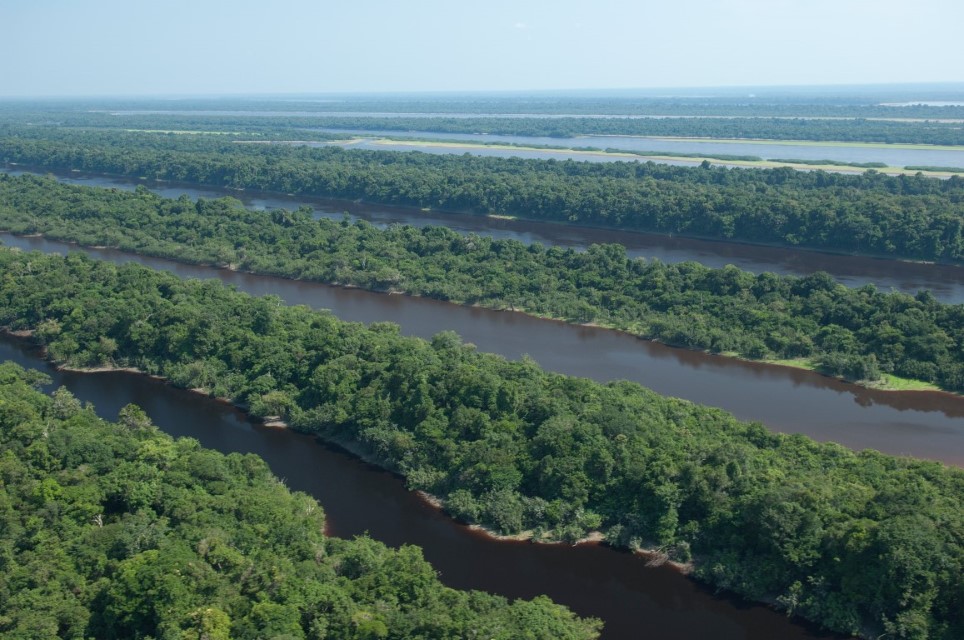
Bosques de humedales 4
The Anavilhanas Archipelago of the lower Negro River consists entirely of wetland forest. Department – Country: Amazonas – Brazil Main Basin – Sub Basin: Negro – Lower Negro Main Stem Photographer: Luiz Claudio Marigo
-
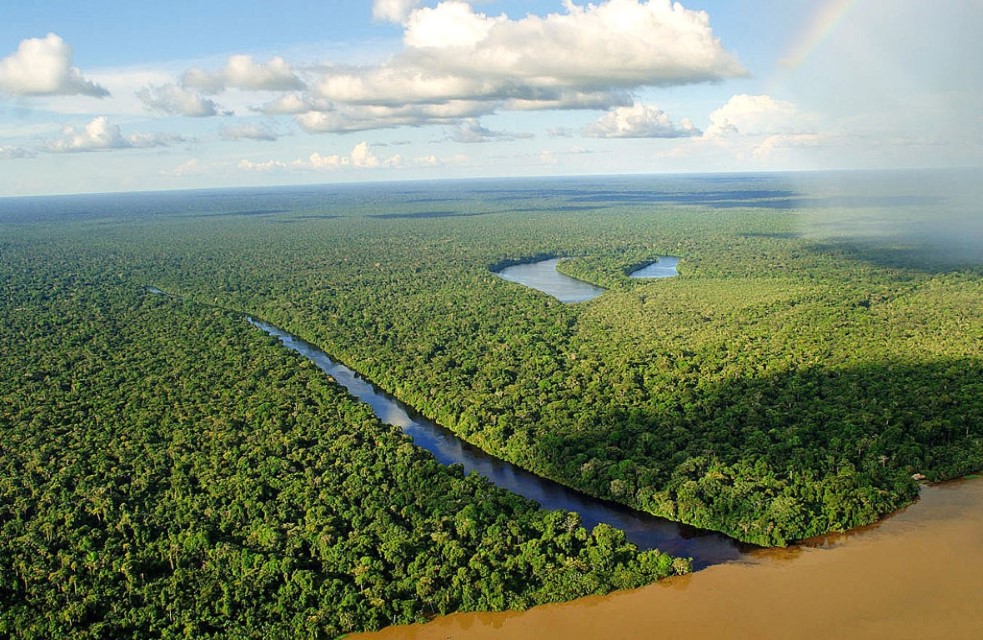
Bosques de humedales 5
Vast aguaje palm swamps abutting the Marañón River and a small blackwater tributary. Department – Country: Loreto – Perú Main Basin – Sub Basin: Amazon Main Stem Minor Basins – Nanay Photographer: Walter Wust
-

Bosques de humedales 6
The Amazon Basin has extensive palm swamps. Many palm species are highly adapted to within flooding or waterlogged soils during most of the year. Shown here is Leopoldinia pulchra. Department – Country: Pará – Brazil Main Basin – Sub Basin: Amazon Main Stem – Eastern Amazon Main Stem Elevation: 32 Photographer: Michael Goulding
-
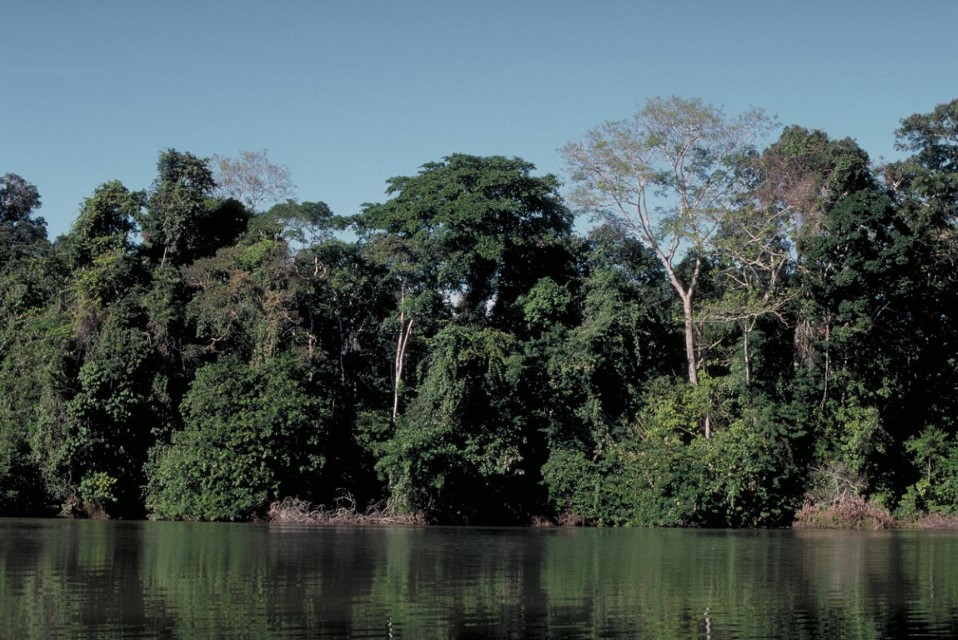
Bosques de humedales 7
Tall wetland forest in Manú National Park. Department – Country: Madre de Dios – Perú Main Basin – Sub Basin: Madeira – Madre de Dios Elevation: 353 Photographer: Michael Goulding
-

Bosques de humedales 8
Inside flooded forest at the height of the annual flood near the confluence of the Amazon and Tapajós rivers. Department – Country: Pará – Brazil Main Basin – Sub Basin: Amazon Main Stem – Eastern Amazon Main Stem Elevation: 32 Photographer: Michael Goulding
-
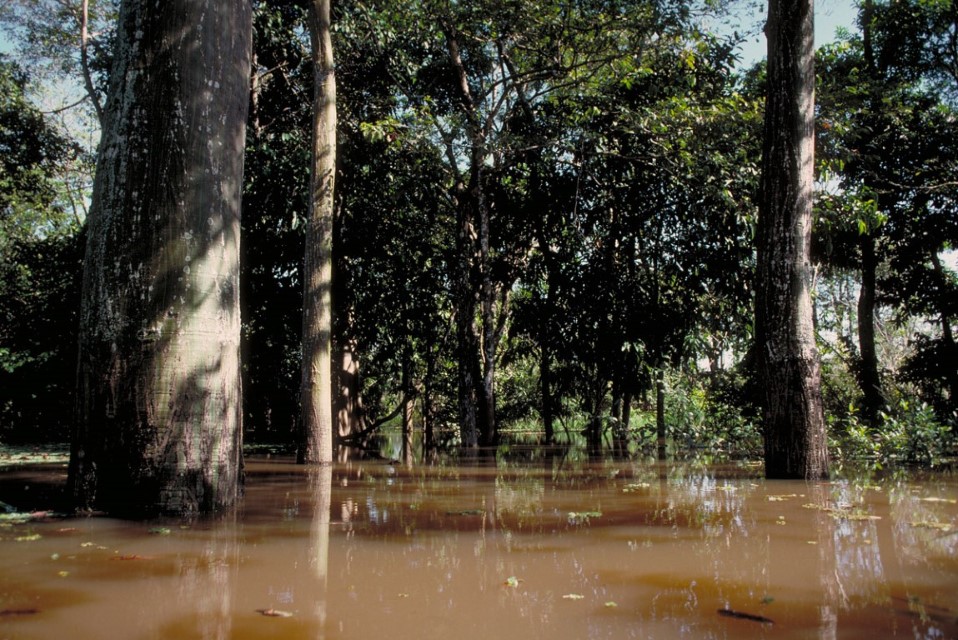
Bosques de humedales 9
Amazon River water invading wetland forest and also depositing nutrient-rich sediments. Department – Country: Pará – Brazil Main Basin – Sub Basin: Amazon Main Stem – Eastern Amazon Main Stem Elevation: 32 Photographer: Michael Goulding
-
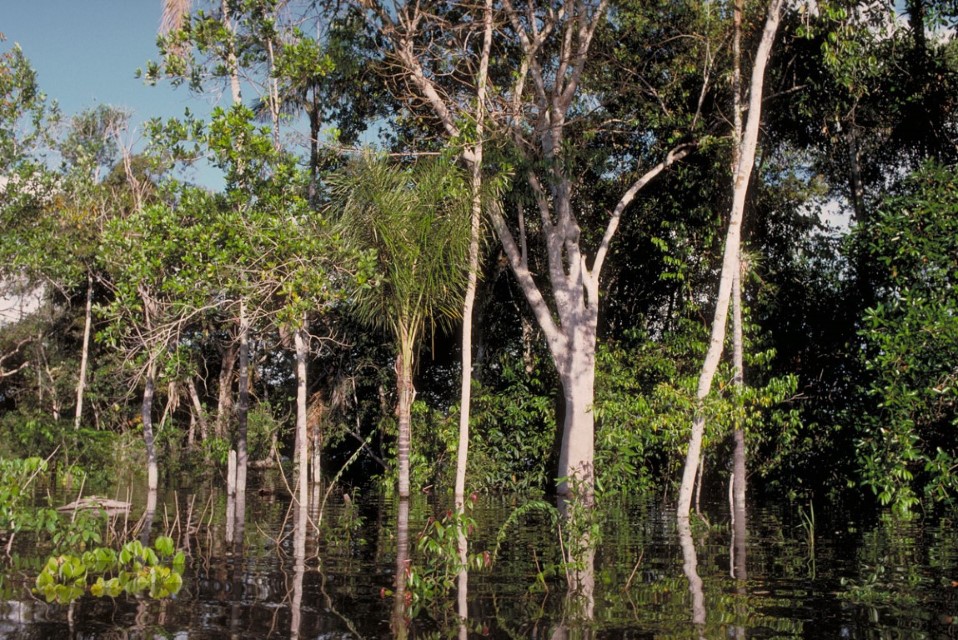
Bosques de humedales 10
Flooded forest of the middle Negro River. Note that there are several distinct forest layers, though the lower layers are almost or completely submerged. Department – Country: Pará – Brazil Main Basin – Sub Basin: Amazon Main Stem – Eastern Amazon Main Stem Elevation: 32 Photographer: Michael Goulding
-
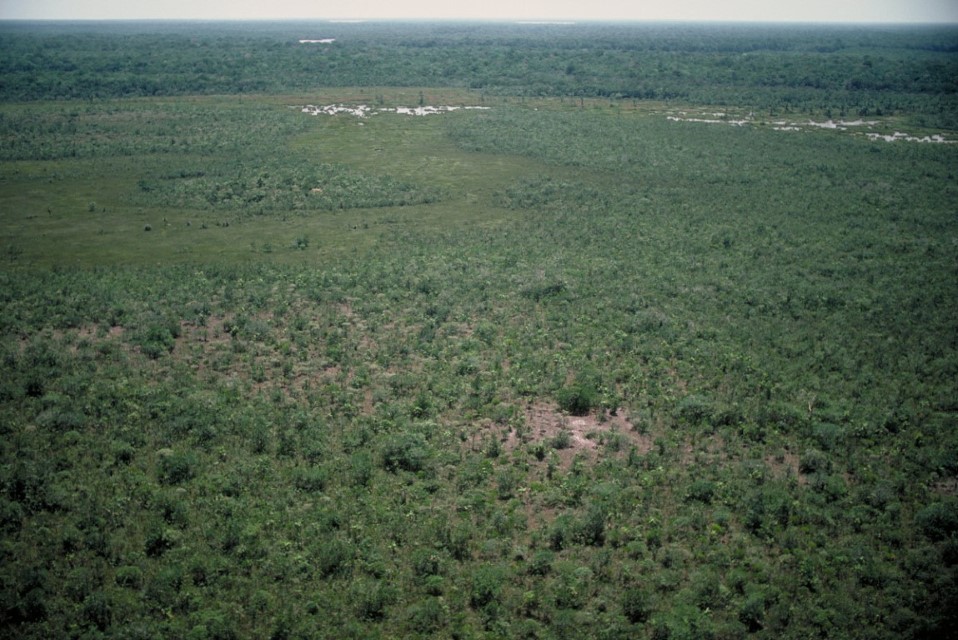
Bosques de humedales 11
The Negro Basin has extensive shurb communities, known locally as campinas, growing on highly sandy soils that become inundated by rain and river water. Shown here is a campina during the dry season. Department – Country: Amazonas – Brazil Main Basin – Sub Basin: Negro – Negro Main Stem Elevation: 34 Photographer: Michael Goulding
-
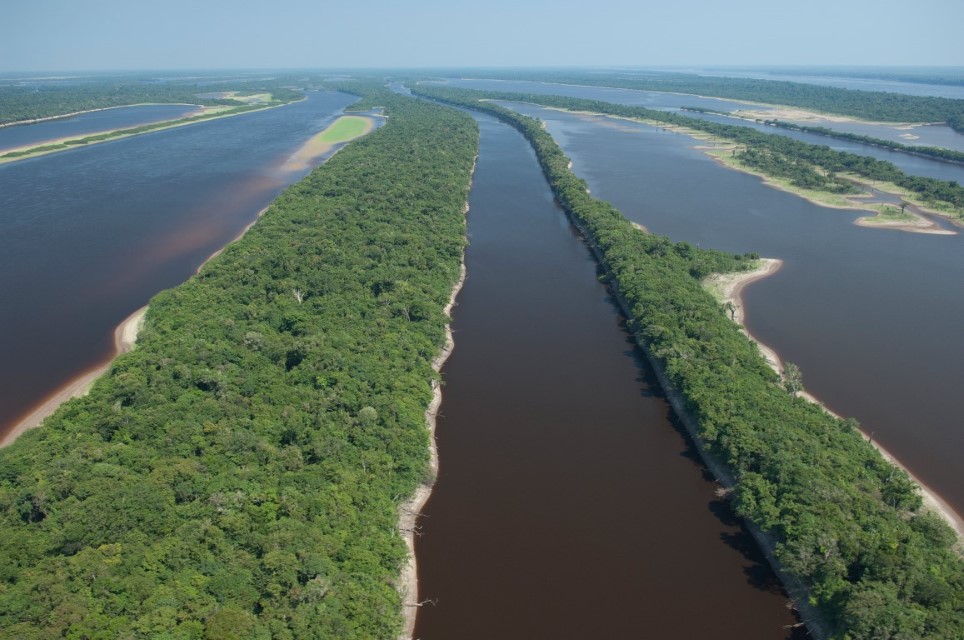
Bosques de humedales 12
Floodable forest of the lower Negro River during the low water season when the forest floor is dry. Department – Country: Amazonas – Brazil Main Basin – Sub Basin: Negro – Lower Negro Main Stem Photographer: Luiz Claudio Marigo
-

Bosques de humedales 12b
River channel and wetland forest in the Pacaya-Samiria National Reserve. Department – Country: Loreto – Perú Main Basin – Sub Basin: Marañón – Marañón Main Stem Elevation: 112 Photographer: Michael Goulding
-
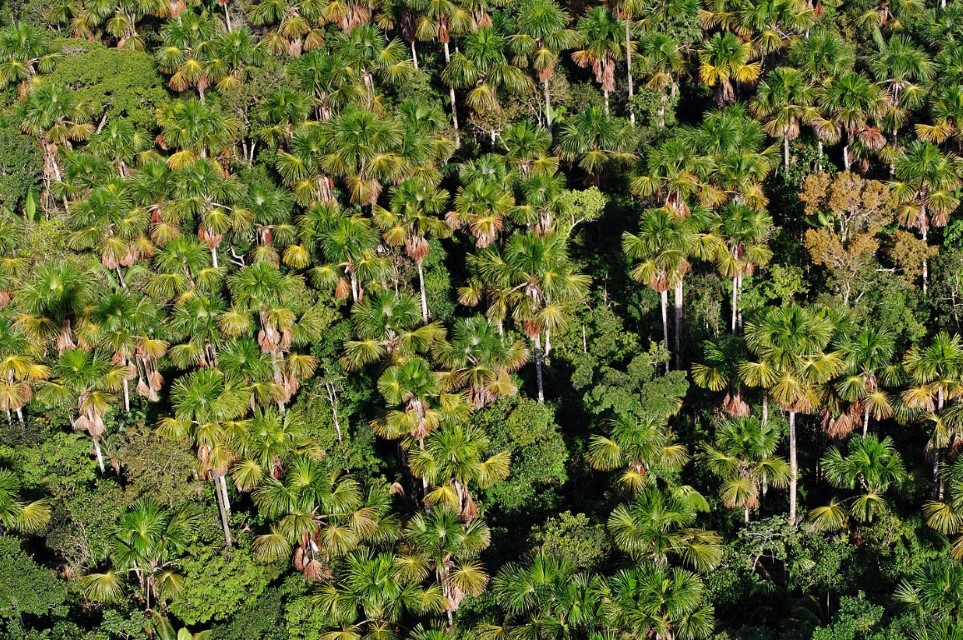
Bosques de humedales 13
Aguaje Palm Swamp (Mauritia flexuosa) Department – Country: Loreto – Perú Main Basin – Sub Basin: Marañón – Canal Principal del Marañón Elevation: 112 Photographer: Michael Goulding
